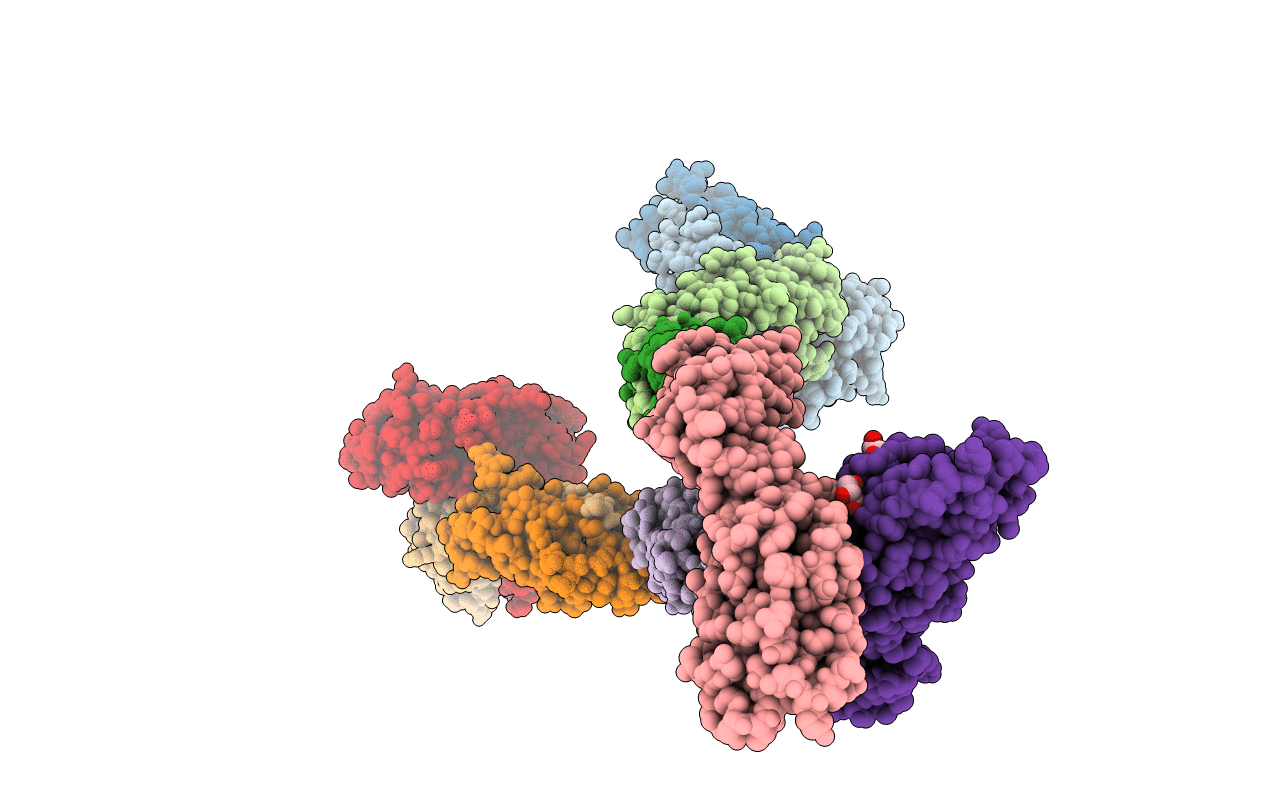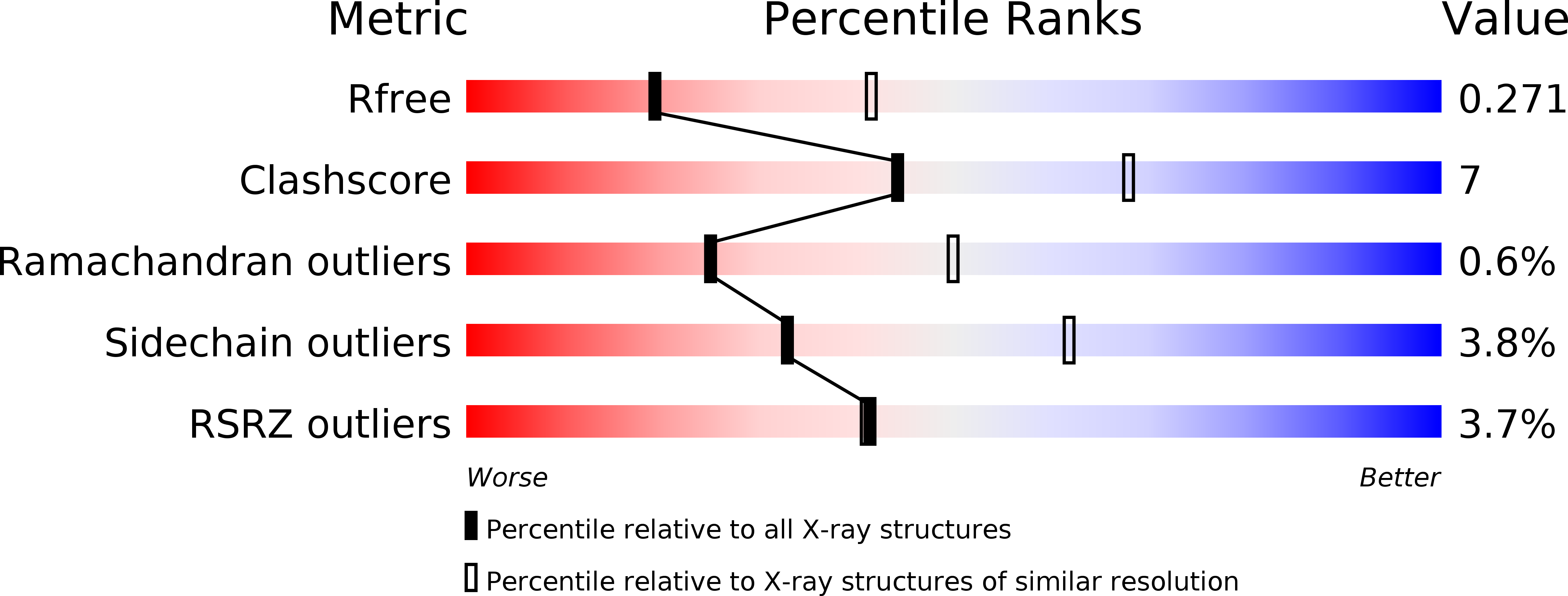
Deposition Date
2009-09-18
Release Date
2010-06-16
Last Version Date
2024-11-06
Entry Detail
Biological Source:
Source Organism:
Escherichia coli (Taxon ID: 83333)
Escherichia coli (Taxon ID: 488477)
Escherichia coli (Taxon ID: 488477)
Host Organism:
Method Details:
Experimental Method:
Resolution:
2.69 Å
R-Value Free:
0.27
R-Value Work:
0.24
R-Value Observed:
0.24
Space Group:
H 3 2


